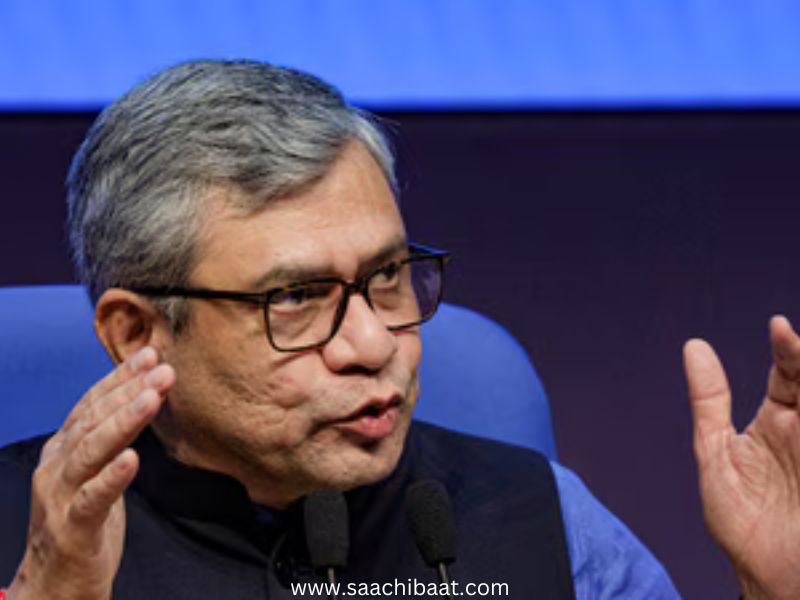Delhi: Marathi, Assamese, Bengali Among 5 New Classical Languages Approved by Modi Cabinet
In a historic move to preserve and promote India’s linguistic diversity, the Modi Cabinet has approved the inclusion of five new classical languages: Marathi, Assamese, Bengali, Odia, and Punjabi. This decision recognizes the rich cultural heritage of these languages, which have long played a critical role in shaping India’s literary and historical landscape.
Expanding India’s Classical Languages
The recognition of classical language status is an honor previously held by Tamil, Sanskrit, Kannada, Telugu, and Malayalam. With the new additions, the total number of officially recognized classical languages in India now stands at ten. This expansion signifies the government’s efforts to safeguard the nation’s linguistic diversity and recognize languages that have contributed significantly to Indian literature, culture, and history.
Criteria for Classical Language Status
Languages considered for classical status must meet a set of rigorous criteria. These include a history of antiquity going back over 1,500 years, a rich body of ancient literature, and a traditional literary culture that has impacted other languages. The decision to grant Marathi, Assamese, Bengali, Odia, and Punjabi this prestigious status reflects the depth of these languages’ contributions to India’s civilization over centuries.
Benefits of Classical Language Status
The new status will bring several benefits to the chosen languages. The government is expected to allocate funds for language research, create dedicated language centers, and encourage academic studies in these classical languages. Scholars working on these languages will be eligible for various grants and scholarships. Additionally, the promotion of these languages at educational institutions, both in India and abroad, will help ensure their longevity and growth.
Importance of Each Language
Marathi is a key language in the Deccan region with a rich literary tradition, exemplified by renowned poets such as Sant Tukaram and Dnyaneshwar. Assamese, the primary language of Assam, boasts an ancient literary heritage, reflected in works like the ‘Kirtan Ghoxa’ by Shankaradeva. Bengali, spoken by millions across Bengal and globally, has produced literary giants like Rabindranath Tagore, the first non-European to win the Nobel Prize for Literature. Odia holds a significant place in India’s linguistic history, with ancient epics such as the ‘Sarala Mahabharata.’ Punjabi is celebrated for its rich folklore and the writings of Guru Nanak, the founder of Sikhism.
Government’s Cultural Push
This move by the Modi government aligns with its broader cultural initiatives to preserve India’s ancient traditions and boost regional pride. Recognizing these languages as classical supports the government’s vision of a culturally unified yet diverse India, where every linguistic and cultural community has a space to thrive.
Conclusion
The inclusion of Marathi, Assamese, Bengali, Odia, and Punjabi as classical languages is a monumental decision that will benefit India’s cultural landscape for generations. With this step, the Modi Cabinet has not only acknowledged the historical importance of these languages but also provided a pathway for their further development and preservation in.
××××××××××××××
Telegram Link :
For latest news, first Hand written articles & trending news join Saachibaat telegram group
https://t.me/joinchat/llGA9DGZF9xmMDc1


